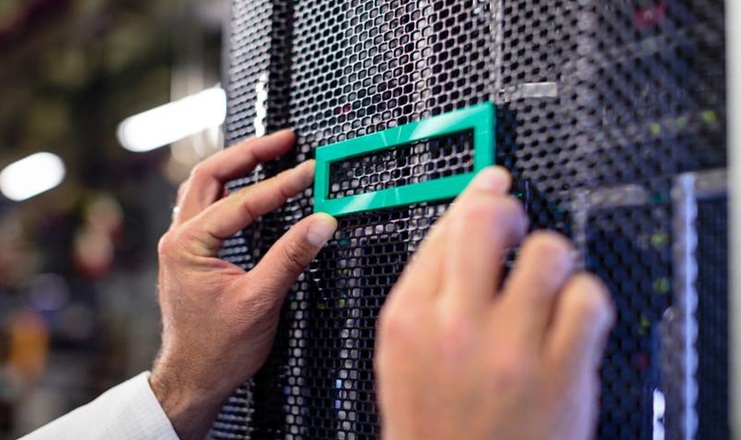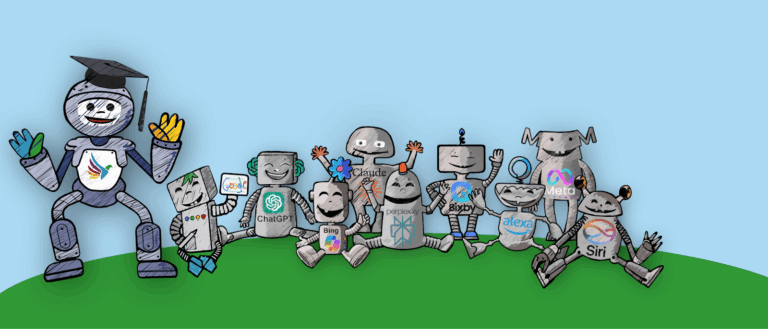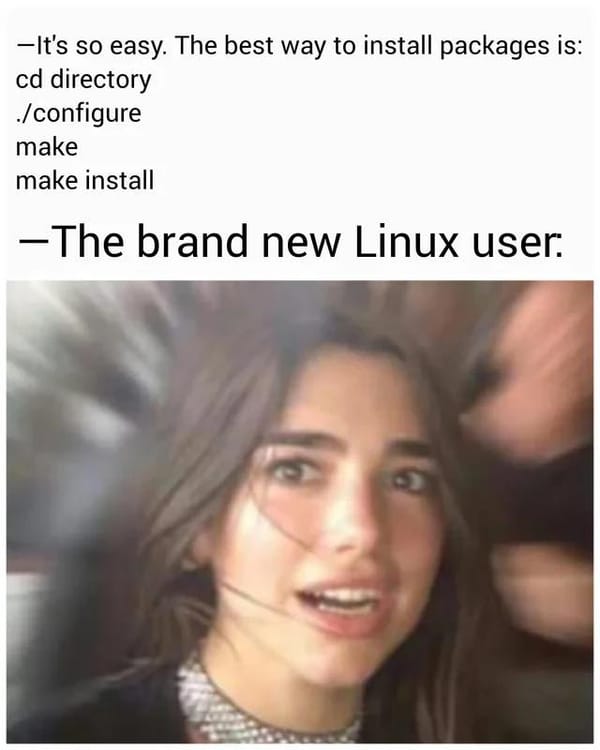
Nokia has taken a new step to strengthen its position in network automation by entering into a global licensing agreement with Hewlett Packard Enterprise (HPE). The deal will see Nokia acquire rights to HPE’s RAN Intelligent Controller (RIC) technology and integrate it with its own MantaRay Service Management and Orchestration (SMO) platform, which is designed to drive AI-powered automation in radio access networks.
As part of the agreement, effective October 1, 2025, much of the HPE development team working on RIC has transferred to Nokia’s Mobile Networks unit. This provides Nokia not only with intellectual property but also with technical expertise to accelerate product development. The move signals a continued consolidation of AI-driven automation tools across the telecom vendor ecosystem, with Nokia positioning itself as a leader in orchestration and multi-vendor interoperability.
Tommi Uitto, President of Mobile Networks at Nokia, emphasized that the agreement reinforces the MantaRay SMO platform with additional AI-driven functionality, helping operators prepare for the eventual transition from 5G to 6G. He pointed to customer benefits in efficiency, orchestration, and open ecosystem support, including compliance with Open RAN standards and the ability to support rApps through the open R1 interface.
AI-Powered Orchestration
Nokia’s MantaRay SMO has already achieved autonomous networks level 4, according to TM Forum standards, a milestone that positions it ahead of much of the industry in terms of zero-touch operations.
By folding in HPE’s RIC technology, Nokia is expanding both its technical capabilities and its ecosystem credibility. For carriers under pressure to cut operating costs while planning for next-generation networks, the combination of proven orchestration tools and AI-enabled automation could help accelerate large-scale deployments and cross-vendor management.
The move reflects a broader trend in telecoms: vendors are racing to consolidate AI assets and automation platforms as the industry shifts from building out 5G infrastructure to preparing for 6G use cases.


